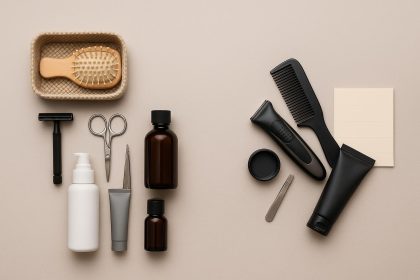What Makes a Favorite Game Of All Time for Many Players
Have you ever sat down for a short break and asked yourself…
Why Some Expats Still File State Taxes (Even After Leaving the U.S.)
When Americans move abroad, state taxes are often the first thing they…
The First Thing Every American Abroad Should Know About U.S. Taxes
Most Americans who move overseas carry the same quiet assumption with them.…
Steven Cash Nickerson: Why Innovation Hubs Matter for Recruiting Talent
Innovation hubs play an increasingly central role in shaping how companies attract,…
Creative Fonts and How They Make Designs Stand Out
Creative fonts are fonts which have a special and eye-catching appearance or…
Strategies to Maximize Rewards While Playing Slot Gacor Machines
Slot-based gaming attracts many players because it blends anticipation, simple controls, and…
Decluttering Your Grooming Kit for The New Year
Most men don’t set out to overcomplicate their grooming routine. It happens…
Benefits of Heavy-Duty Pickup Trucks for Modern Worksites
Key Takeaways Heavy-duty pickups offer unparalleled capability for towing, payload, and worksite…
Why Business Analytics Skills Are Becoming Essential for Professionals Across Industries
Introduction These days, no matter what field you're in, you're supposed to…
The Best Ways to Use Free Online Solitaire for Relaxation Between Tasks
In the midst of a busy day, finding small pockets of time…
Breaking Through the Weight Loss Plateau: When Diet and Cardio Aren’t Enough
You've been cutting calories and hitting the cardio hard, but the scale…
What Should You Know Before Buying a ₹1 Crore Term Insurance Plan in India?
As family responsibilities grow, many Indians are rethinking how prepared they are…













